Aerial lifts are invaluable tools in various industries, providing access to elevated workspaces. However, their use comes with inherent risks that demand careful attention to safety protocols. Whether you're operating a scissor lift, boom lift, or any other type of aerial platform, understanding and adhering to safety guidelines is paramount. Here are five crucial facts for the safe use of aerial lifts:
**1. Proper Training is Essential:
Fact: Aerial lift operators must undergo thorough training before operating the equipment. Proper training covers not only the technical aspects of operating the lift but also safety protocols, emergency procedures, and hazard awareness.
Why it Matters: Untrained operators are more likely to make critical errors, leading to accidents or injuries. Adequate training ensures operators understand the equipment's limitations, safe work practices, and how to respond to potential emergencies.
**2. Regular Equipment Inspection is Mandatory:
Fact: Aerial lifts must undergo regular pre-operation inspections to identify any potential issues. This includes checking hydraulic systems, controls, safety devices, and inspecting the overall condition of the equipment.
Why it Matters: Equipment failures can result in accidents, injuries, or fatalities. Routine inspections help detect and address issues promptly, ensuring that the aerial lift is in optimal working condition before each use.

**3. Adherence to Weight Limits is Critical:
Fact: Aerial lifts have weight capacity limits that should never be exceeded. Operators must consider not only their own weight but also the weight of tools, equipment, and materials being lifted.
Why it Matters: Overloading an portable aerial lift can compromise its stability, leading to tipping or structural failure. Adhering to weight limits is crucial for maintaining the lift's stability and preventing accidents.
**4. Awareness of Surroundings is Paramount:
Explore more:Powder Coating Aluminum vs. Anodizing: A Comparative AnalysisWhat is tube mill machine?How to optimize the efficiency of a prismatic lithium battery production line?Which tractor is best for hilly terrain?POTATO AND ONION COLD STORAGE SOLUTIONSBreathe Fresh: The Power of a Car Ozone Generator for a Clean InteriorElectric Scissor Lifts: Elevating Efficiency and SafetyFact: Aerial lift operators must be vigilant about their surroundings, including the presence of obstacles, power lines, and other potential hazards. Pre-planning the work area is essential to identify and mitigate potential risks.
Why it Matters: Collisions with obstacles, contact with power lines, or working on unstable surfaces can lead to accidents. Maintaining awareness of the surroundings helps prevent incidents that could result in serious injuries or fatalities.
**5. Proper Use of Personal Protective Equipment (PPE):
Fact: Aerial lift operators must wear appropriate personal protective equipment, including a safety harness, when working at heights. Safety harnesses should be securely attached to the lift's anchor point.
Why it Matters: In the event of a fall, properly worn safety harnesses prevent operators from hitting the ground, minimizing the risk of severe injuries. PPE is a crucial line of defense in the event of unexpected incidents.
Bonus Fact: Emergency Response Preparedness:
Fact: Operators should be well-versed in emergency response procedures, including how to lower the lift in the event of a malfunction, how to communicate with ground personnel, and how to administer first aid if necessary.
Why it Matters: Quick and informed responses to emergencies can mitigate the severity of incidents and improve the chances of a positive outcome. Being prepared for various scenarios enhances overall safety.
Conclusion:
The safe use of Construction aerial lifts is non-negotiable, and adherence to established safety protocols is the responsibility of every operator. Whether working on construction sites, maintenance projects, or any other elevated tasks, understanding and respecting the facts outlined above are fundamental to preventing accidents, protecting lives, and ensuring a secure work environment. Prioritizing safety through proper training, regular equipment inspections, weight limit adherence, situational awareness, and the use of personal protective equipment collectively contribute to a culture of safety in aerial lift operations.
Explore more:How to clean a meat grinder?Universal Spline Hobbing Machine: Shaping Precision GearsImpact Crushers vs. Jaw Crushers: Which Is Right for Your Crushing Needs?Advantages of Chicken Chips Forming MachineHow does an EVI DC Heat Pump work?How does a fixed grip chairlift work?What are the parts of aerial work platform?




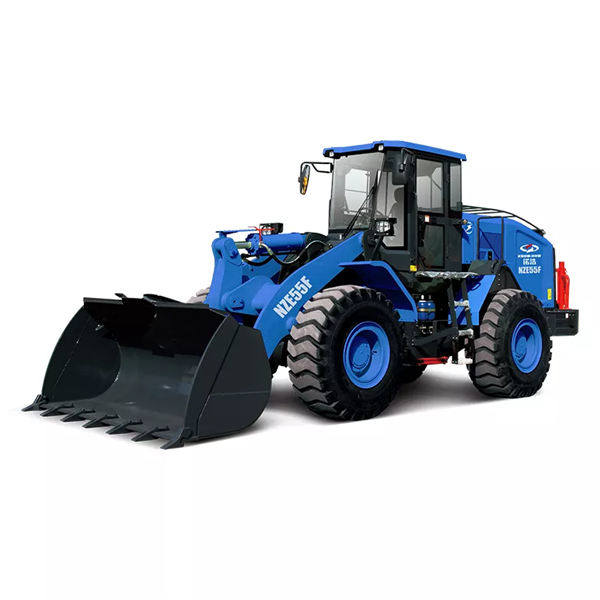
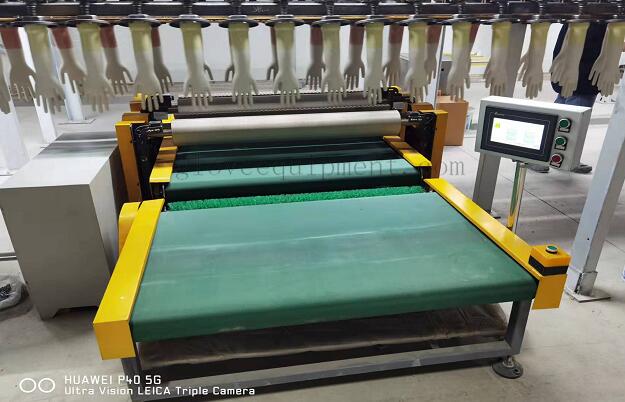
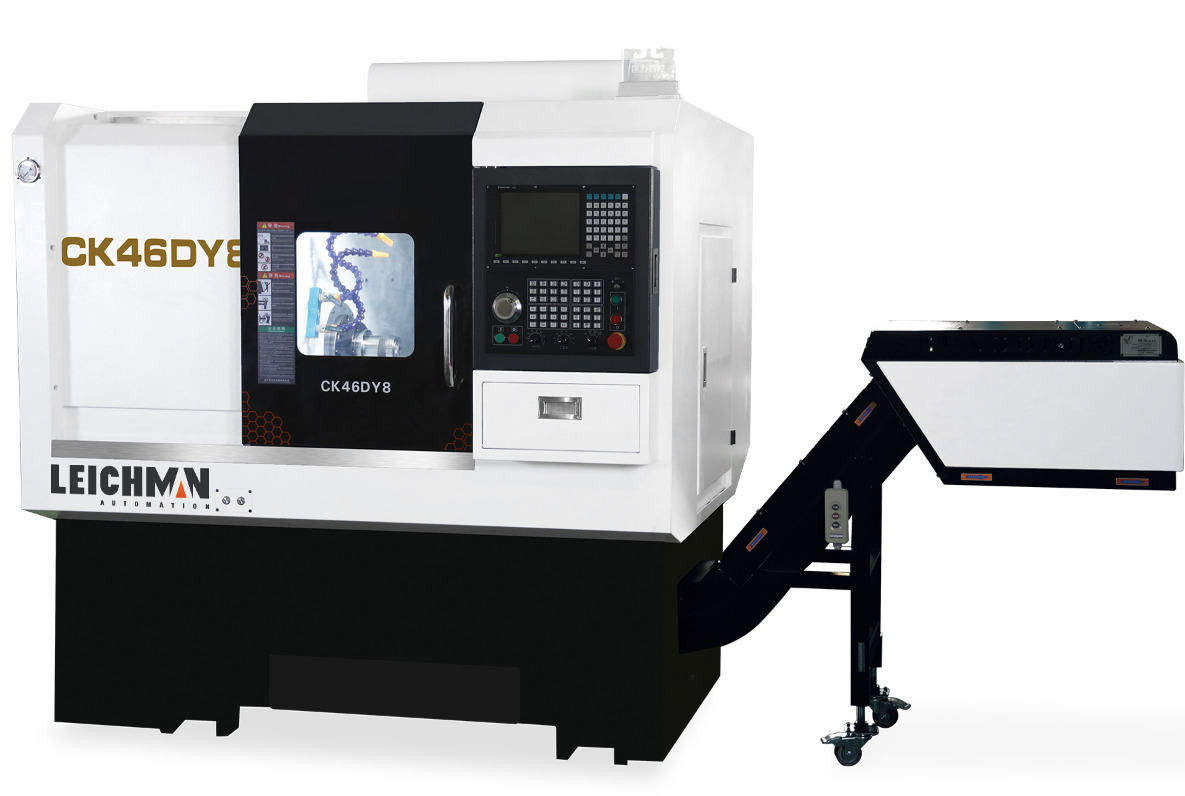


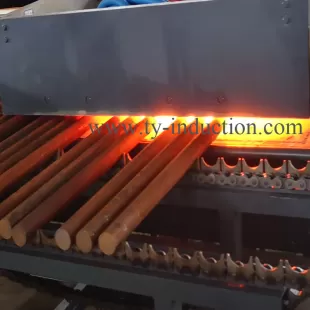
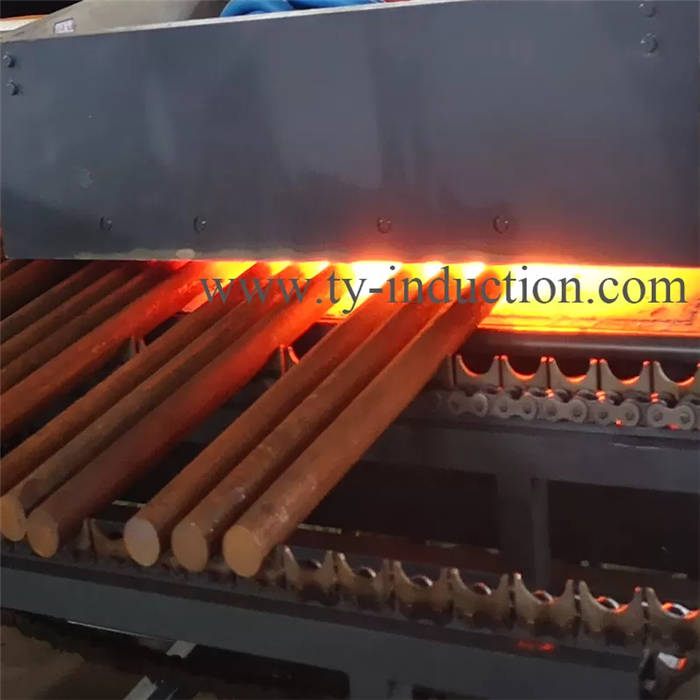
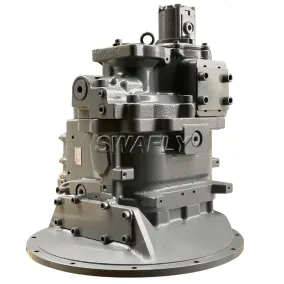
Comments
Please Join Us to post.
0